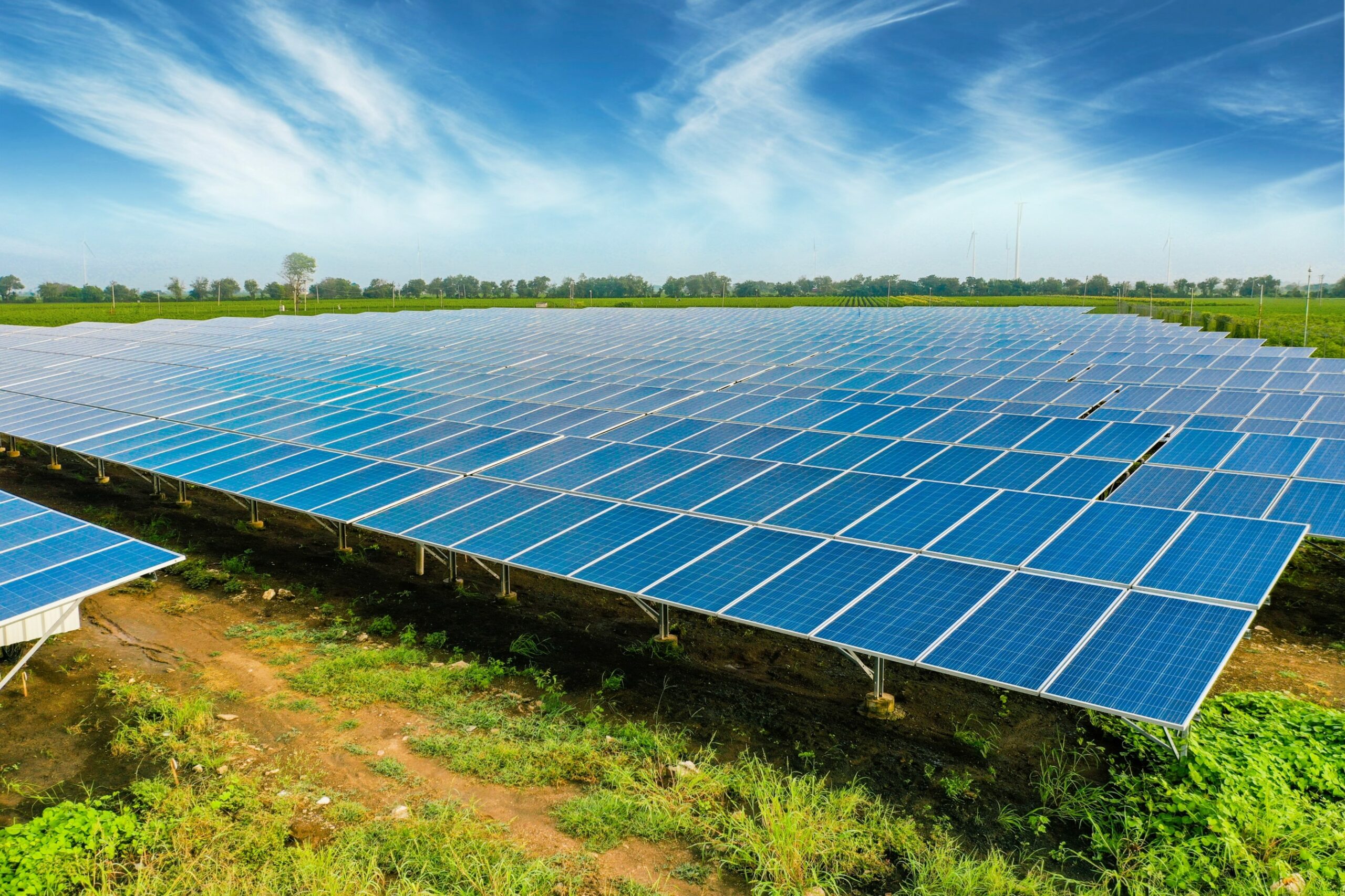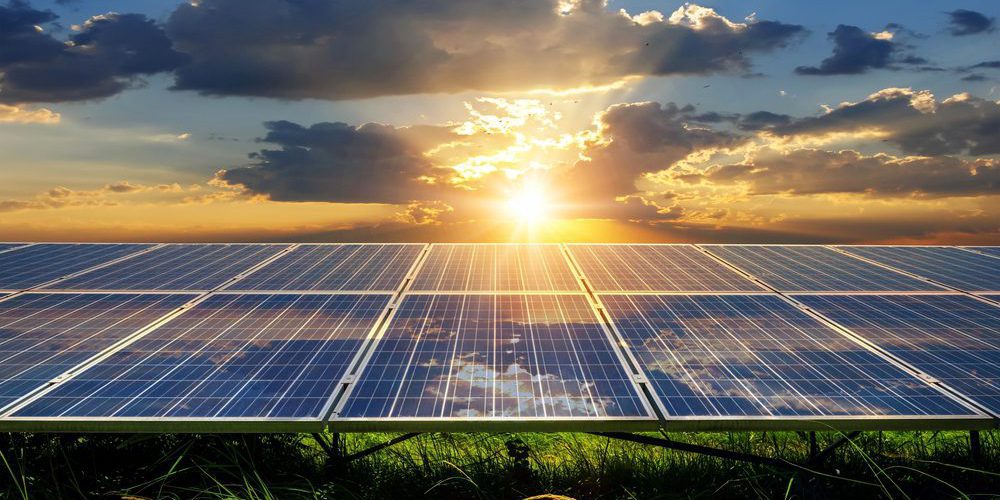The Ultimate Overview to Selecting the most effective Solar Panels
Choosing the optimal photovoltaic panels is a multifaceted decision that surpasses plain aesthetics or rate. It entails a cautious assessment of various kinds, consisting of monocrystalline, polycrystalline, and thin-film choices, each offering distinct benefits and disadvantages. Comprehending performance scores, expenses, and setup requirements is critical for making an educated option that aligns with your power demands and budget plan. As the landscape of solar technology proceeds to progress, the ramifications of your decision can have long lasting effects-- both economically and ecologically. What variables should you prioritize to make certain optimal performance and sustainability?
Comprehending Solar Panel Types

Monocrystalline panels are created from a single crystal framework, providing high effectiveness and space-saving benefits. They generally execute well in low-light conditions and have a longer life expectancy, making them a prominent choice for domestic setups - Solar Panels. On the other hand, polycrystalline panels comprise multiple crystal structures, causing a somewhat reduced efficiency rate. They are typically extra economical and can be a feasible choice for bigger installments where space is less of a worry.
Thin-film photovoltaic panels are made from a variety of materials, consisting of cadmium telluride and amorphous silicon. They are light-weight and versatile, enabling for distinct applications, such as integration into structure products. Although they often tend to have reduced efficiency rates compared to crystalline panels, their installation prices and flexibility can make them an appealing choice for certain jobs.
Recognizing these types will certainly equip you to make informed choices based on your energy demands and budget factors to consider.

Assessing Efficiency Rankings
Reviewing performance ratings is crucial for picking solar panels that straighten with your energy objectives. The performance of a photovoltaic panel indicates the portion of sunshine exchanged usable electricity. Higher performance rankings imply that panels can generate more power in a given area, making them specifically valuable for setups with limited room.
Conventional photovoltaic panel efficiencies range from 15% to over 22%. When contrasting options, it is vital to consider the sort of solar modern technology used, as monocrystalline panels usually provide greater performance than polycrystalline panels. Performance is not the sole criterion; elements such as installation positioning, shielding, and neighborhood environment can significantly impact general performance.
Additionally, recognizing the effectiveness ranking's effects for power manufacturing with time is vital. Greater efficiency panels may offer better rois, particularly in areas with high electrical power expenses or limited installation space. Finally, it's advisable to look for panels with a solid performance service warranty, as this can give added guarantee of their durability and efficiency. By thoroughly assessing effectiveness scores, you can make an informed choice that optimizes your solar energy potential and meets your details power needs.
Comparing Prices and Warranties
Expense and service warranty factors to consider are important elements in the photovoltaic panel selection procedure. When reviewing solar panels, the in advance price is a primary worry. Prices can differ significantly based on the brand name, modern technology, and efficiency scores of the panels. High-efficiency panels may have a greater first financial investment yet can result in better long-lasting savings through boosted power manufacturing. It is crucial to evaluate the total worth rather than just the sticker cost.
Guarantees are similarly important, as they offer insight into the producer's confidence in their product. Many credible photovoltaic panels come with two sorts of warranties: performance and item. Efficiency service warranties normally ensure a certain outcome level for 25 years, guaranteeing that the panels will maintain their performance with time. Item guarantees, on the other hand, cover defects and handiwork, usually long-term in between 10 to 25 years.
When comparing prices and guarantees, consider the long-term implications of both. A lower-priced panel with a short guarantee might wind up being a lot more costly if performance declines or fixings are required quicker than anticipated. As a result, it's important to stabilize initial prices with the safety offered by durable service warranty choices.
Installation Considerations

Following, take into consideration the orientation and tilt of the photovoltaic panels. Preferably, panels need to be placed to maximize sun direct exposure throughout the day. South-facing installments usually produce the highest possible power manufacturing, however east and west positionings can also work depending on your energy requires.
Additionally, regional building regulations and laws must be assessed prior to setup. Permitting requirements can differ significantly by area, and conformity is vital to prevent prospective fines or mandatory eliminations.
Finally, hiring a qualified specialist for setup is crucial (Solar Panels). Experienced installers will ensure that the system is appropriately positioned, connected, and certified with all safety criteria. This decision can ultimately boost the check it out longevity and performance of your solar power system, making it a beneficial financial investment for your renewable resource demands
Maintenance and Long Life
Appropriate upkeep is vital for ensuring the long life and optimal efficiency of solar panels. Normal evaluations and cleansing are crucial parts of this maintenance program. Dust, debris, and snow buildup can substantially impede energy manufacturing, so it is recommended to cleanse the panels periodically, preferably every 6 months or after significant weather condition occasions.
In addition, keeping an eye on the system's efficiency through a solar tracking application or device enables home owners to identify any type of decrease in energy result that may suggest concerns requiring interest. It's additionally sensible to check for any type of indicators of wear or damages, such as cracks in the panels or rust in the circuitry. Buying premium photovoltaic panels frequently includes longer guarantees, commonly ranging from 25 to 30 years, which can function as a sign of their expected longevity.
Routine professional evaluations can additionally boost the life-span of your solar power system, ensuring that any prospective issues are dealt with immediately (Solar Panels). By adhering to these maintenance methods, house this page owners can take full advantage of not just the performance of their photovoltaic panels yet likewise their return on financial investment over the years, adding to a sustainable energy future
Conclusion
In verdict, choosing the optimum solar panels requires a comprehensive examination of various variables, including panel kinds, efficiency ratings, prices, and service warranties. Setup factors to consider and continuous upkeep play crucial duties in guaranteeing the long life and effectiveness of the solar power system.